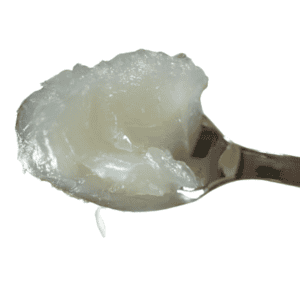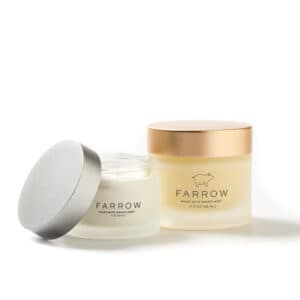Let us begin by clearly stating that getting an infection from a cut or scrape is never good. Bacterial infections should be taken very seriously and avoided. This post is more about questioning the ingredients and utility of commonly used products on the market.
We’ll focus on two common products. Petroleum Jelly (aka Vaseline) was commonplace in my home growing up. Much like Frank’s Hot Sauce, my mom put that shit on everything. Diaper rash, dry/cracked lips, sunburn, bug bites…you name it, the jelly was used. If there was an abrasion involved (cuts and scrapes), the trusted Neosporin was hauled out and we were coated in that stuff.
The primary ingredient in both creams is White Petrolatum. This is a petroleum derivative discovered in the late 1800’s when oil/gas workers noticed a gooey sludge building up on pipes and various industrial equipment. Later refined and patented by Robert Cheesbrough in 1872, this ‘miracle salve’ quickly spread in popularity.

White Petrolatum?
A petroleum derivative discovered in the late 1800’s when oil/gas workers noticed a gooey sludge building up on pipes and various industrial equipment.
White Petrolatum is the only ingredient in Vaseline. Neosporin has a host of additional ingredients, some having antibacterial effects. Additional ingredients in Neosporin are:
Bacitracin, Polymyxin B, Cocoa Butter, Cottonseed Oil, Olive Oil, Sodium Pyruvate, Vitamin E
Here are a few quick thoughts on several of these ingredients:
White Petrolatum is colorless and odorless when pure. More alarming, flammable at temperatures above 105 degrees Fahrenheit. Do you really want to be putting something flammable on your skin?
Bacitracin and Polymyxin B are both antibiotic in nature. We’ve already stated that reducing bacterial infection is good. A JAMA article in 1996 discussed the comparative use of Bacitracin ointment and White Petrolatum in surgery patients. What they found may shock you—there was no statistical difference in prevention of infection using a bacitracin cream over petrolatum. I don’t know about you, but isn’t the entire point of using antibiotic ointments to reduce infection?
Cottonseed oil is just gross. Super high in omega 6 fatty acids and arguably one of the most pro-inflammatory things you can put in and on your body. We are early in the discovery, and it appears that many of the seed oils we consume through our diet (both internal and topical) are at the root cause of sunburn, cancer and chronic inflammation.
Sodium Pyruvate is likely the most beneficial ingredient in Neosporin. This is a salt that provides additional energy to cells. You can imagine the utility in healing that would come from such a compound.
If the goal is to prevent infection and there is no significant reduction in infection between an antibiotic cream and just plain cream, you must ask yourself…why use the antibiotic cream? Vaseline and Neosporin are both over-the-counter compounds that are flammable at high temperature.
WHY USE THE ANTIBIOTIC CREAM?
What is the mechanism for preventing infection? It starts with properly cleaning a wound adequately. This is usually accomplished using cotton swabs and copious amounts of alcohol or hydrogen peroxide. The role a topical cream plays in protecting the wound post cleaning is simple—provide a barrier so that airborne bacteria don’t get in the wound.

Could animal fat serve a similar role to protect wounds from infection? I use our Skinfood on nearly every cut, nick and scrape I get. So far, it seems to work great. Do we have any long-term studies on the impact using petroleum derived products on our skin? If such a study exists, you can bet your bottom dollar it wasn’t long term. We truly don’t know the long-term impacts of these substances with our skin. Neosporin, an over-the-counter product, has a list of side effects that include itching, skin rashes, redness and swelling. It is worth considering the efficacy of using these products. Stay lathered and healthy out there everyone.
